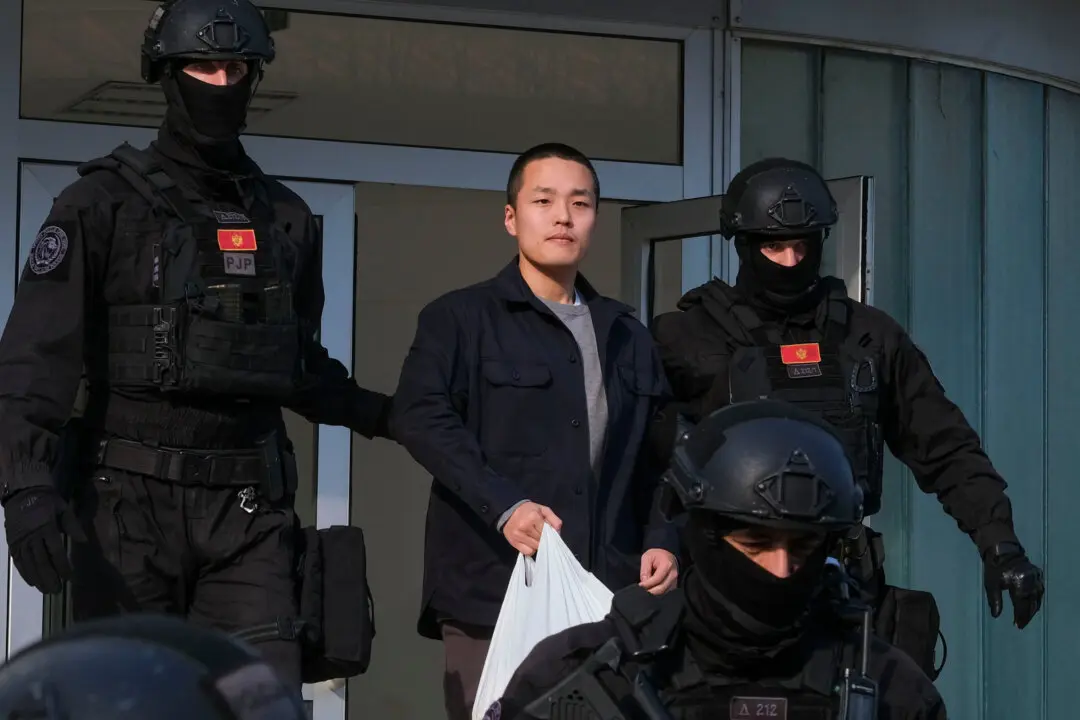MADRID—Spain deployed its military to the Moroccan border on Tuesday as thousands of migrants jumped fences or swam onto European soil for the second day in a row after Rabat loosened border controls amid a deepening diplomatic spat.
Overwhelmed soldiers separated the adults from the young and carried children in their arms while Red Cross workers helped an endless trickle of migrants who were emerging from the water shivering and exhausted. One unconscious woman laid on the sand before she was carried away on a stretcher.





